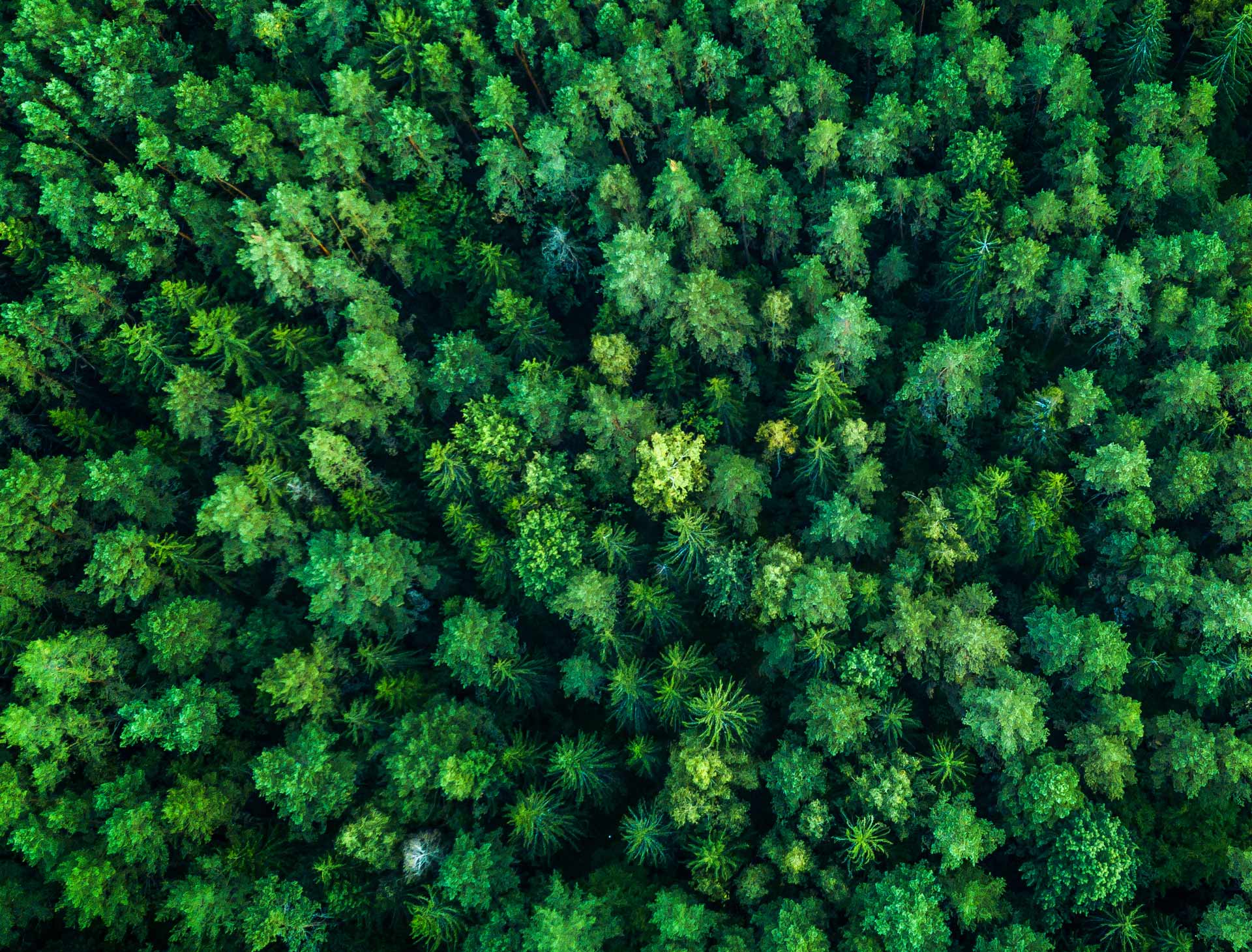
It’s no secret that the world’s forests are under threat. But while climate change and deforestation are threatening many of the world’s most important woodlands, drones may be key to future forest conservation.
Often referred to as the “lungs” of the planet, forests not only play a vital role in maintaining air quality, but also provide habitats for a host of species.

Access deeper industry intelligence
Experience unmatched clarity with a single platform that combines unique data, AI, and human expertise.
However, rising temperatures pose a significant threat, increasing the risk of forest-destroying pests and pathogens, while continued deforestation is responsible for the loss of whole areas of carbon storage vital to the wider environment.
“Forests have a huge impact on climate change, and organisations such as the Forestry Commission have been fundamental to the preservation of forests and woodland in Britain,” said Robert Garbett, founder and chief executive of Drone Major Group.
“However, this is clearly now a global problem with one quarter of harmful carbon emissions in the world’s atmosphere coming directly from the forestry, agriculture and land-use industries.
“I believe we now have a moral responsibility to fight deforestation head-on and new drone technology provides a cost-effective means of helping governments across the world to properly manage forests, survey the extent of the damage and plan for replanting.”

US Tariffs are shifting - will you react or anticipate?
Don’t let policy changes catch you off guard. Stay proactive with real-time data and expert analysis.
By GlobalDataHow can drones aid forest conservation?
Garbett, whose organisation provides consultancy services on drones, believes the technology has now advanced sufficiently enough that it can aid forest conservation by providing unprecedented monitoring of the state of forests.
“Drone technology has now advanced to the point that UAS (Unmanned Aircraft Systems) or UGVs (Unmanned Ground Vehicles) equipped with remote sensors, such as infrared and LiDAR, and AI software can not only count, but also analyse and compile data profiles on large forested areas from above and below,” he said.
“LiDAR technology has become so advanced that it is now able to navigate even above the canopy of forests, while still keeping count of the individual trees below and measuring height and girth which is an invaluable resource for foresters and researchers alike.”
Drones also don’t just provide benefits in the air – a new class of the vehicles can handle ground operations too.
“UAS and UGV technology can also be integrated into hybrid systems that utilise ground and aerial capabilities within one drone,” explained Garbett.
“I am now increasingly advising clients that hybrid drone technology is the next step in the drone revolution, particularly as data collected from such systems can be easily converted into sensible, trackable measurements that would allow the likes of foresters and researchers to monitor woodland changes with unparalleled accuracy.”
While the ability to accurately provide detailed monitoring of forests may seem relatively unremarkable, this capability is not only essential to effective forest conservation, but is unmatched by more conventional approaches.
“Drones are far more efficient and cost effective when compared with traditional methods of data collection, surveying and mapping such as via helicopters and light aircraft or through the deployment of researchers on the ground. This is not to mention the fact that drones are able to reach places that are dangerous or impossible for humans to safely navigate,” he said.
“At a time when school children across the world have been walking out of classrooms in their hundreds of thousands to force governments to act on climate change, it falls on world leaders to place their trust in new technology to secure the health and prosperity of our forests.
“Building on the successes of the Forestry Commission over the last century, new drone technology can protect forests for 100 years and more provided it is given the backing its potential deserves.”
Read more: Orangutan conservation breakthrough pairs drones with space technology







